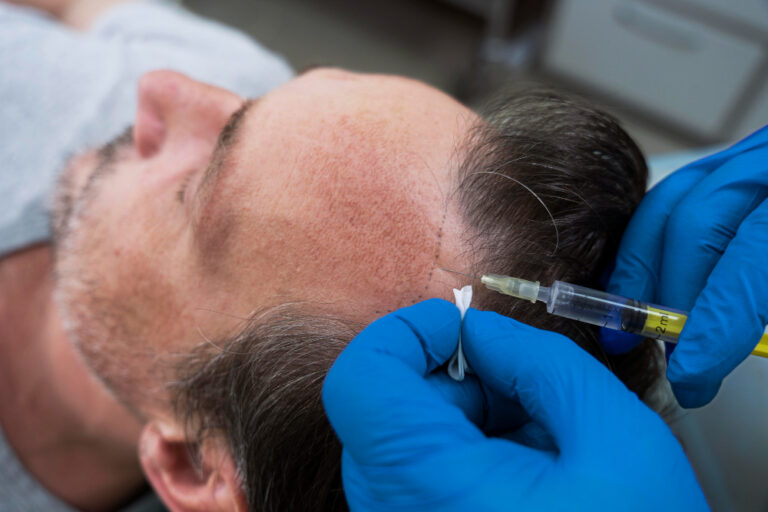Introduction:
Hormonal imbalances can affect women at various stages of life, leading to a range of uncomfortable symptoms and health concerns. Bioidentical Hormone Replacement Therapy (BHRT) has emerged as a potential solution to address these imbalances and improve overall well-being. This article aims to provide a comprehensive guide to BHRT for women, covering its basics, benefits, potential risks, and considerations.
What is BHRT?
Bioidentical Hormone Replacement Therapy, or women’s BHRT, is a treatment that uses hormones that are chemically identical to those produced by the human body. These hormones are derived from natural sources, such as plants, and are used to supplement or replace hormones that may be deficient or imbalanced in the body.
Why is BHRT Important for Women?
Women experience various hormonal fluctuations throughout their lives, which can lead to conditions like menopause, perimenopause, and hormone imbalances. BHRT can be used to alleviate symptoms and improve quality of life for women facing these issues.
Common Hormones Used in Women’s BHRT:
- Estrogens: These hormones help regulate the menstrual cycle, maintain bone density, and affect various aspects of sexual and reproductive health.
- Progesterone: Essential for maintaining a healthy uterine lining during the menstrual cycle and in pregnancy.
- Testosterone: Though typically associated with men, women also produce testosterone, which influences mood, energy levels, and sexual desire.
Benefits of BHRT for Women:
- Relief from Menopausal Symptoms: BHRT can significantly reduce the intensity and frequency of hot flashes, night sweats, and mood swings.
- Improved Bone Health: BHRT can help maintain bone density and reduce the risk of osteoporosis.
- Enhanced Quality of Life: Many women report improved energy levels, better sleep, and an overall sense of well-being with BHRT.
- Restored Libido: BHRT can address issues related to low sexual desire and discomfort during intercourse.
Potential Risks and Considerations:
- Individualized Treatment: BHRT should be tailored to the specific needs of each woman, as one-size-fits-all approaches may not be suitable.
- Monitoring: Regular monitoring of hormone levels and symptoms is essential to adjust the treatment as necessary.
- Side Effects: Like any medical treatment, BHRT may have side effects, and the potential risks should be discussed with a healthcare provider.
- Long-Term Effects: More research is needed to fully understand the long-term effects of BHRT.
Conclusion:
Bioidentical Hormone Replacement Therapy offers promising relief for women dealing with hormonal imbalances, menopausal symptoms, and related issues. However, it’s important to work closely with a healthcare provider to determine if BHRT is the right choice and to ensure that the treatment plan is tailored to individual needs. BHRT can provide significant improvements in a woman’s quality of life when used appropriately, but it should always be approached with caution and under professional guidance.





